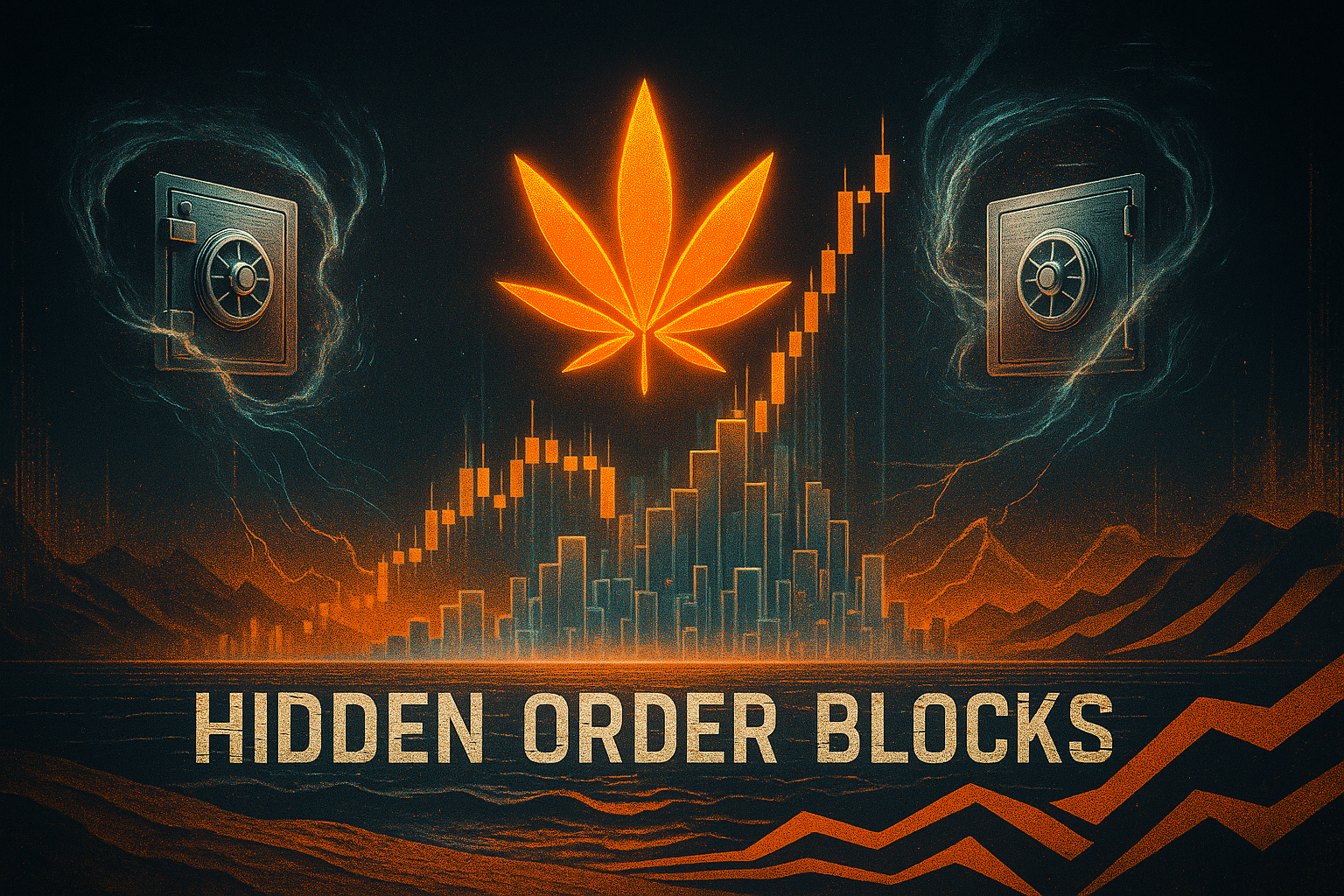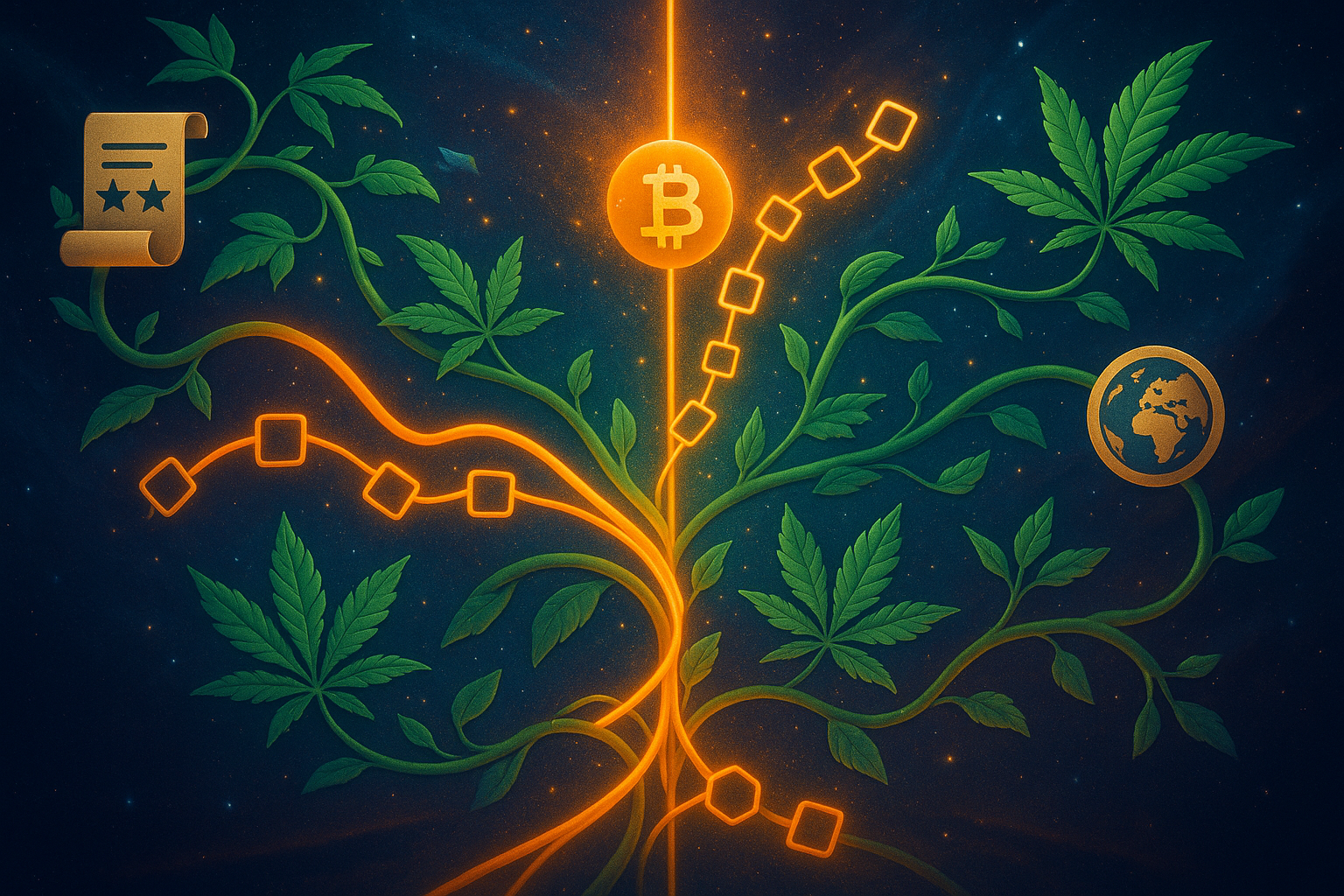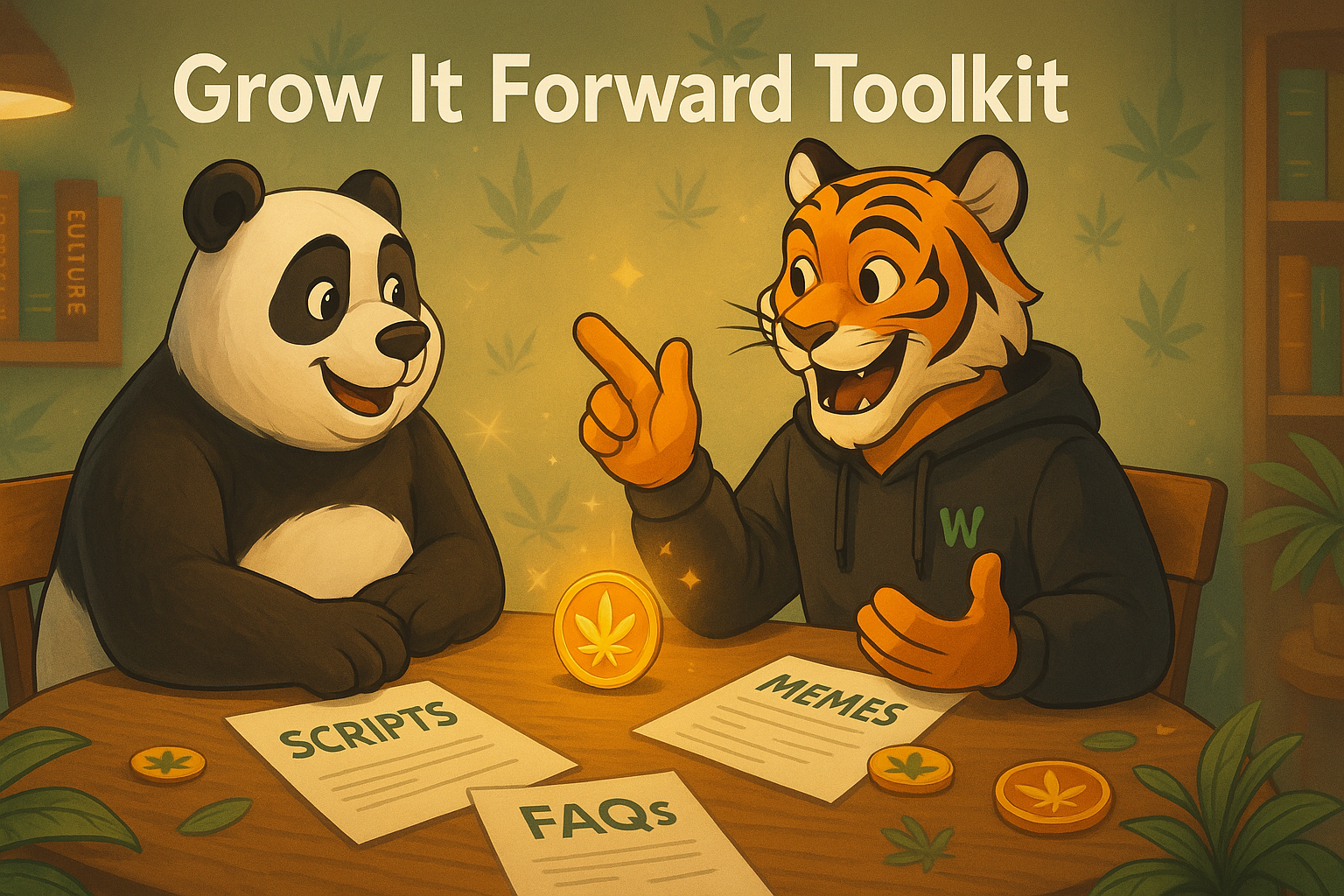How Patients Can Access Medical Marijuana Legally
A Step-by-Step Guide to Navigating the Process
Accessing medical marijuana legally can feel daunting, with processes varying widely by region and country. At Weedcoin, we’re here to simplify the journey through the MediWeed Hub with irie vibes. In this article, we’ll provide a detailed, step-by-step guide to legally obtaining medical marijuana, from confirming eligibility to purchasing products. Whether you’re in the U.S., Canada, or beyond, this guide will help you navigate the system with confidence—let’s get started on your path to legal cannabis access!

The process of accessing medical marijuana legally involves several steps, which differ depending on your location. Drawing on State Medical Cannabis Laws and Maryland’s process, we’ll outline a universal approach while highlighting regional variations.
Step 1: Confirm Your Eligibility
The first step is determining if you qualify for medical marijuana under your region’s laws. Most jurisdictions require a qualifying condition, such as chronic pain, epilepsy, cancer, multiple sclerosis, or PTSD. In the U.S., states like Maryland list specific conditions on their health department websites — for example, chronic pain must be severe and unresponsive to other treatments. In Canada, eligibility is broader, determined by a healthcare provider’s assessment of medical need, often covering conditions like anxiety or insomnia. In Europe, such as Germany, conditions are more restrictive, often limited to severe epilepsy or chemotherapy-induced nausea. Research your local regulations to confirm eligibility, and gather medical records to document your condition, such as a diagnosis or treatment history.
Step 2: Consult a Licensed Healthcare Provider
Next, you’ll need a recommendation or prescription from a licensed healthcare provider. In the U.S., this typically involves visiting a doctor or specialist registered with the state’s medical cannabis program—Maryland requires providers to be certified by the Maryland Medical Cannabis Commission. The doctor will evaluate your condition, confirm it qualifies, and issue a written recommendation, often uploaded directly to the state’s registry system. In Canada, any licensed physician can recommend cannabis, providing a medical document specifying your daily dosage (e.g., 1–3 grams). In Germany, doctors can prescribe medical cannabis, but many are hesitant due to lack of training, so patients may need to seek out cannabis-specialized clinics. Be prepared to discuss your symptoms, treatment history, and why other therapies haven’t worked—transparency helps ensure approval.
Step 3: Register with a Medical Cannabis Program
Once you have a recommendation, you’ll need to register with your region’s medical cannabis program to obtain a patient card or authorization. In the U.S., states like Maryland require patients to apply online through the state’s portal, submitting their recommendation, proof of residency (e.g., driver’s license), and a fee—typically $25–$50. The process can take 1–4 weeks, after which you’ll receive a medical cannabis card. In Canada, patients register directly with a licensed producer, submitting their medical document and ID; no card is needed, but you’ll receive a registration number for purchases. In the UK, registration isn’t required, but patients need a private prescription, which can be costly (£200–£500/month). Some regions, like Australia, require additional government approval (e.g., TGA authorization), which can take weeks and involves submitting detailed medical records.
Step 4: Purchase from Licensed Dispensaries or Pharmacies
With your authorization in hand, you can purchase medical marijuana from licensed dispensaries, pharmacies, or producers. In the U.S., patients visit state-licensed dispensaries, presenting their medical cannabis card to buy products like flower, edibles, or tinctures—Maryland dispensaries offer a range of options, often with staff to guide patients. In Canada, patients can order directly from licensed producers online (e.g., Aurora Cannabis) or visit provincial dispensaries, with options for flower, oils, or capsules. In Germany, medical cannabis is dispensed through pharmacies, requiring a prescription—products like Bedrocan are common, though supply can be limited. Be prepared for cash-only transactions in some regions, like the U.S., due to federal banking restrictions. Always check product labels for cannabinoid content (e.g., THC:CBD ratio) to ensure it matches your needs.
Step 5: Explore Alternative Access Options
Some regions offer additional access methods. In Canada, patients can grow their own cannabis (up to 150 grams per household) after registering with Health Canada, a cost-effective option for those with chronic needs. In Uruguay, patients can grow cannabis or join cannabis clubs, where members collectively cultivate and share products. In the U.S., a few states like Colorado allow limited home cultivation (e.g., 6 plants per patient), though regulations vary—check local laws to avoid penalties. If dispensaries are inaccessible, mail-order services may be an option, especially in Canada and Australia, but ensure the provider is licensed to avoid legal risks.
Step 6: Stay Compliant and Renew Authorizations
To maintain legal access, stay compliant with your region’s regulations. In the U.S., medical cannabis cards typically expire after 1–3 years, requiring renewal with a new doctor’s recommendation and fee. In Canada, medical documents from doctors must be renewed annually, and patients must update their registration with licensed producers. In Germany, prescriptions may need monthly renewals, depending on the condition. Keep records of your purchases and usage, as some regions (e.g., Maryland) have possession limits (e.g., 120 grams of flower per month). Be aware of travel restrictions—don’t cross state or national borders with cannabis, especially in the U.S., where federal law applies.
Practical Tips:
- Check your region’s qualifying conditions on official government websites—e.g., Maryland’s health department site.
- Schedule a consultation with a cannabis-specialized doctor if your primary provider is hesitant—search online for local clinics.
- Gather all required documents (ID, medical records, recommendation) before applying to speed up registration.
- Compare dispensary prices and product quality—look for lab-tested products with clear THC:CBD ratios.
- Set calendar reminders for renewals to avoid lapses in authorization, ensuring uninterrupted access.
Key Takeaways:
- Confirm eligibility with a qualifying condition like chronic pain or epilepsy, varying by region.
- Consult a licensed provider for a recommendation—U.S. states like Maryland require certified doctors.
- Register with your region’s program, paying fees (e.g., $25–$50 in the U.S.) to get a patient card or authorization.
- Purchase from licensed dispensaries or pharmacies, or explore alternatives like home cultivation in Canada or Uruguay.
- Stay compliant by renewing authorizations and adhering to possession limits to maintain legal access.













